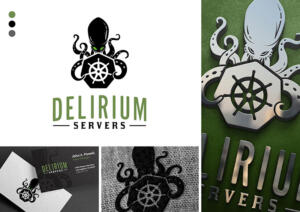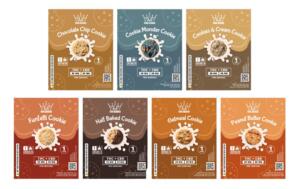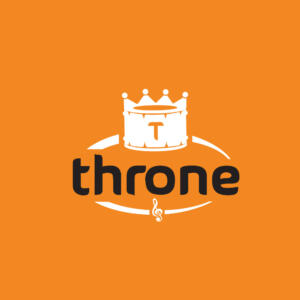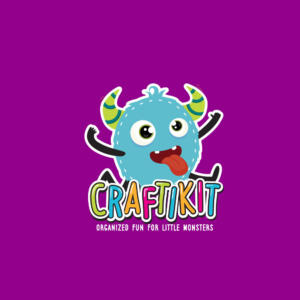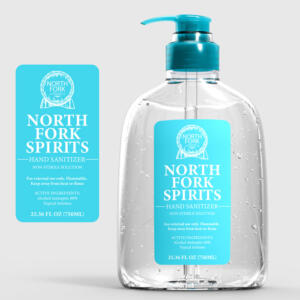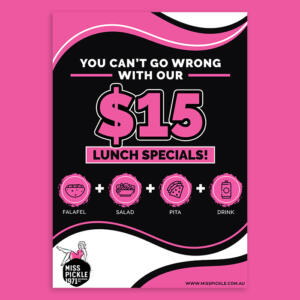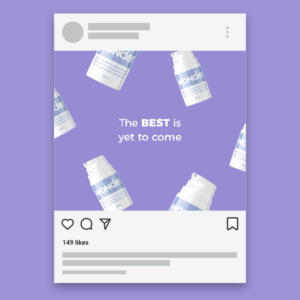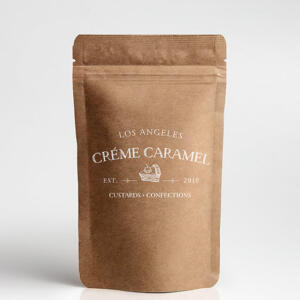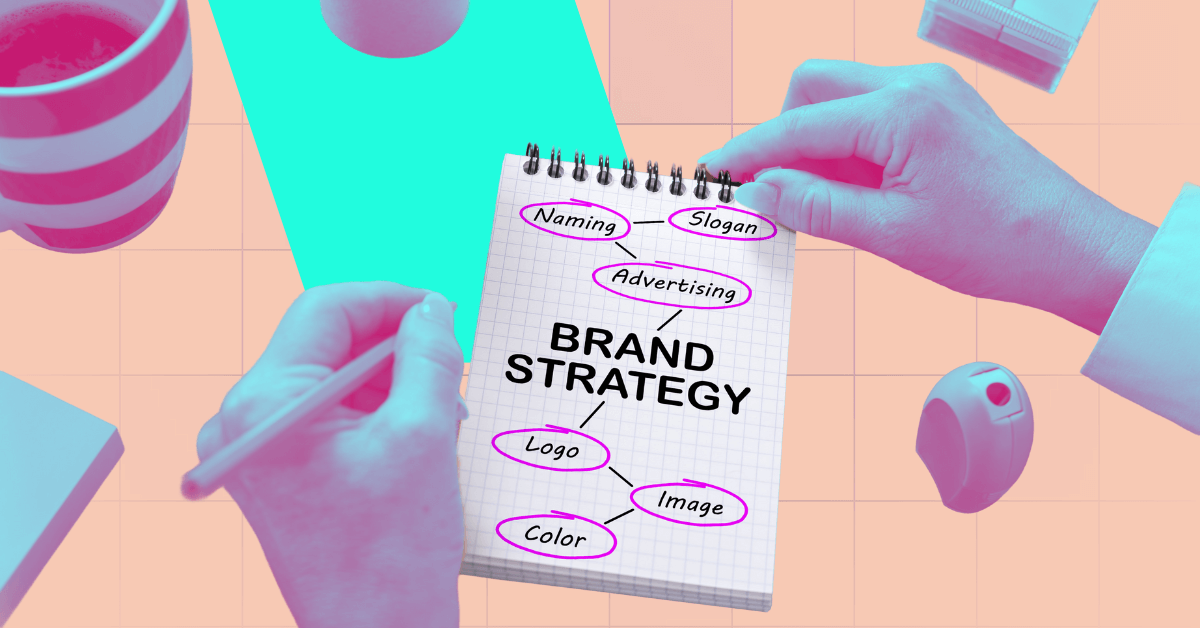
Small business owners look up to the big guns for inspiration when crafting their brand strategies. However, brands like Nike, Coca-Cola, and Apple weren’t overnight sensations, their branding success came from years of hard work. How exactly do you develop a strong and effective brand strategy? Let Penji’s years of experience show you.
Table of Contents
- What is Brand Strategy?
- The Importance of Having a Strong Brand Strategy
- Elements of a Brand Strategy
- Examples of Successful Brand Strategies
- 7 Steps in Building a Winning Brand Strategy
- Refining and Implementing Your Brand Strategy
What is Brand Strategy?

It’s a plan to establish your branding through different components, such as purpose, values, visuals, and more. Your strategy will guide your business in making your brand recognizable and unique.
The Importance of Having a Strong Brand Strategy
A well-crafted and thoughtfully planned brand strategy is the foundation of a successful business. This includes your company’s mission, vision, values, and personality. It shapes how you interact with customers and makes it stand out in the crowded marketplace. A strong brand identity ensures consistency across all your marketing channels. It also builds trust while fostering customer loyalty, leading to long-term business success.
Elements of a Brand Strategy

During your brand development phase, you will discover what will give your brand a unique flavor. This process takes time, but with careful research, you will succeed in building a winning brand strategy. When building your brand, consider these elements:
- Purpose – How can you help your target audience?
- Values – What drives your business?
- Personality – How do you want your audience to view you? Fun? Serious? Casual? Professional?
- Tone of Voice – How can you present your personality through copy or audio?
- Visuals – What vibe or aesthetic do you want to present to your target audience?
- Storytelling – How can you tell your story or other stories aligned with your brand?
Examples of Successful Brand Strategies
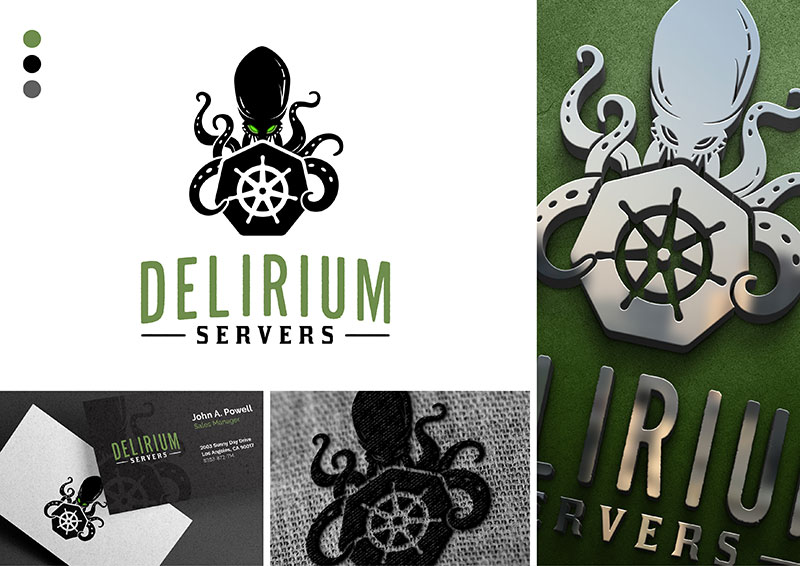
As mentioned above, many big-name brands’ branding success came from years of experience, hard work, and plenty of trial and error. Below are some of the most noteworthy brand strategy wins we all can learn from:
- Nike: Having a compelling and iconic slogan, “Just Do It,” has made this sports apparel brand an expert in building emotional connections with its audience. It inspires motivation and resilience, fully aligning with its values.
- Coca-Cola: This soft drink brand emphasizes happiness and togetherness as shown in all their marketing campaigns. With its use of consistent visual branding and memorable advertisements, it solidified its status as a global leader in its industry.
- Apple: Its minimalist design, dedication to innovation, and premium quality products have made it worthy of its cult following. Its focus on creating an ecosystem of products resulted in customer loyalty that any brand would envy.
7 Steps in Building a Winning Brand Strategy
1. Understand Your Audience and Business
The first step in the brand strategy and development process is research and exploration. This step is crucial because you need to understand your target audience and business better.
The first is knowing your audience and market. You have already done this part while you were making a business plan. But branding is a whole different story. Here, you want to know what appeals to your audience.
You should also understand your business better. At this time, it’s expected that you’ve done market research. Plus, it’s ideal to have a test audience try your product or service. As you build your brand, you’ll know how to market your product or service better.
But your business is more than just a product or service. Here are some questions to reflect on:
- What was the reason for starting your business?
- What are your strengths and weaknesses?
- How can you improve people’s lives?
- How can you make your business different from your competitors?
- What values matter to me and my business?
Don’t fret if you can’t identify brand elements at this stage. You have plenty of chances to do that.
2. Learn More About Your Competitors

The second part of this stage is knowing what your competitors are doing with their branding. A big no-no is copying your competitors’ branding. What you want to do is to outshine them. And you shouldn’t skip this step when building a winning brand.
Here are some things to note when researching your competitors:
- Products or services offered
- Followers or customers
- Website
- Social media
- Reviews
With those in mind, you’ll have an overall picture of how your competitor is doing. From there, you can strategize how to entice more people to buy from your brand.
3. Identify Your Brand Elements
If you haven’t decided on your brand elements during the discovery process, you should have them ready before moving forward. You can refer to the list above for the brand elements. But why don’t we enumerate other brand components you need to move forward?
- Logo
- Colors
- Typography
- Imagery
- Iconography
- Illustrations
- Tone of voice
- Tagline
- Mission statement
At this time, you might ask, do I need a logo before creating a brand strategy? It’s expected that you should have a logo before launching a business. But if you have already launched it and have no logo, it’s the best time to make one. Plus, it’s good to have the other components to complete your brand framework.
4. Craft A Brand Framework

If you have all the brand elements, you need to piece them together to create a framework. This framework should serve as a guide on how the brand should appear or sound to your target audience. Plus, a framework will keep your brand consistent across various channels. One notable brand framework you can use is a brand style guide. The brand components in the list above can take part in your brand style guide.
5. Organize and Create Content
With your brand framework, you can create copy and visuals to make your brand stand out. Although you can do this by yourself, you will need help at this stage. Assistance is ideal, especially if you’re a solopreneur.
That said, most entrepreneurs and small business owners opt to hire freelancers or use a subscription service. You can spend valuable time working on your business while your team can work on creating the branding assets. But what assets should you include?
- Website graphics
- Social media posts
- Advertisements
- Branding assets (e.g., logo, business cards, packaging)
- Email graphics
- Blogs
- Website and product or service copy
- Videos
6. Put Your Plan into Action

Once you finalize your brand strategy, it’s time to take action. This works best if your website and social media pages are a blank slate. There’s an opportunity to grow your brand when you’re still a new business. But if you have already posted visuals or copy before on your social media platforms or websites, that’s fine too. You can still implement your new branding plan.
7. Assess and Do What Works for You
Brand development doesn’t stop at posting and slapping your logo anywhere. You need to assess if your strategy is working, reaching audiences, and connecting with them.
If it’s working, then that’s great. Keep it up and ensure you’re consistent in communicating your message. Publish more blogs and social media posts aligned with your branding. That way, you can attract more people to your business. Plus, you can build an emotional connection with your audience when you’re consistent.
However, if your brand strategy needs more work, you could start from scratch. Or, you can make simple modifications, such as designs or copy, to make your brand strategy work.
Refining and Implementing Your Brand Strategy
To implement your brand strategy with success, you must focus on consistency, adaptability, and performance tracking. Do the following:
- Do a Regular Brand Audit: Evaluate customer perception and market positioning to help you identify areas that need improvement.
- Be Consistent: Always align your messaging, visuals, and tone on all your platforms.
- Adapt to Market Trends: Stay flexible and responsive to changes in consumer behavior and industry trends.
- Monitor Performance: Track key metrics such as brand awareness, engagement, and customer retention to refine your approach.
- Maintain Internal Alignment: train your team members on brand values to ensure a harmonious representation across all interactions.
Take note that for your brand strategy to achieve high levels of quality and effectiveness, you need to take your time. Just like with our big-name examples, success does not come overnight.
Final Thoughts
Crafting a winning brand strategy requires effort and time to develop it. But it will pay off if you know how to attract your audience and keep them as loyal customers. Plus, if you play your cards right, you will have a recognizable brand strategy that your competitors might even be envious of.
About the author

Katrina Pascual
Katrina is a content writer specializing in graphic design, marketing, social media, and technology. In her spare time, she writes monthly personal blogs to practice her craft.

